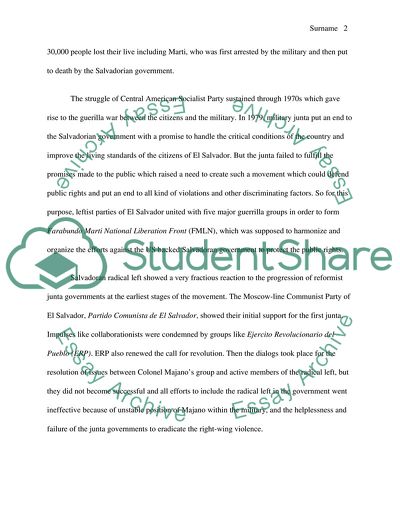Cite this document
(The Salvadorean Experience During the Civil War Research Paper, n.d.)
The Salvadorean Experience During the Civil War Research Paper. Retrieved from https://studentshare.org/history/1735015-the-salvadorean-experience-during-the-civil-war
The Salvadorean Experience During the Civil War Research Paper. Retrieved from https://studentshare.org/history/1735015-the-salvadorean-experience-during-the-civil-war
(The Salvadorean Experience During the Civil War Research Paper)
The Salvadorean Experience During the Civil War Research Paper. https://studentshare.org/history/1735015-the-salvadorean-experience-during-the-civil-war.
The Salvadorean Experience During the Civil War Research Paper. https://studentshare.org/history/1735015-the-salvadorean-experience-during-the-civil-war.
“The Salvadorean Experience During the Civil War Research Paper”, n.d. https://studentshare.org/history/1735015-the-salvadorean-experience-during-the-civil-war.


